Life less ordinary of a Lancashire writer
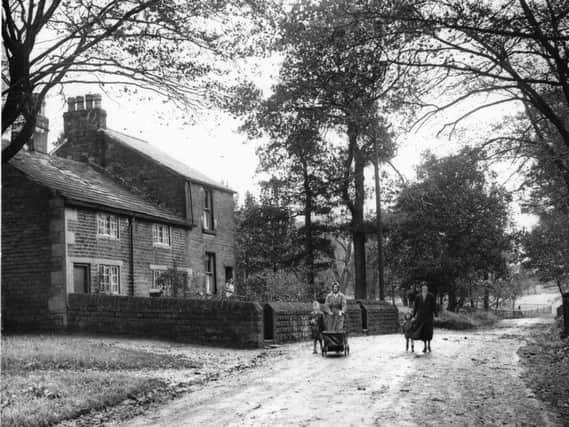

Phoebe Hesketh wrote as she thought – in a forthright, straightforward manner. Known locally as the Lancashire poet and author, she published no less than 16 books of poetry and four books of prose.
Her daughter, Catherine, has pieced together her incredible life story from handwritten notes and one of Phoebe’s previously published books. Set against the back drop of the First World War, she vividly describes her life in a bygone age.
Advertisement
Hide AdAdvertisement
Hide AdOnce described as one of England’s ‘strongest and most genuine poets’, she did not seek fame and fortune. On the contrary, she lived quietly in Rivington for the greater part of her life.
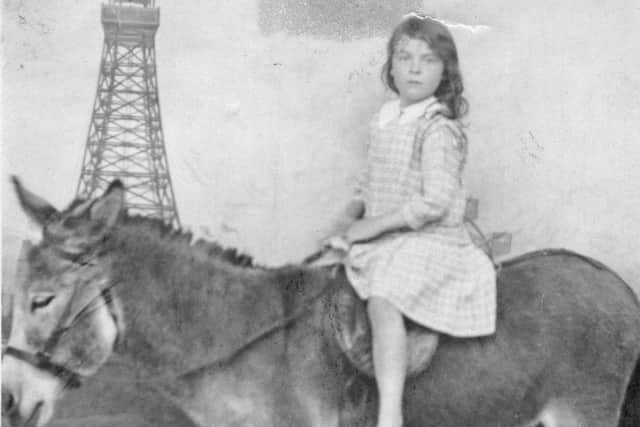

When asked how and why she wrote poetry, Phoebe replied: “I really can’t tell you. It seems to come out sideways when I’m not thinking.”
Whereas the early poems reflect her love of nature, later works have been described as ‘bleak’, illustrating the tragic events in her life. The drowning of her younger son and steady decline of her husband had a huge impact upon her poetry.
Phoebe was born in 1909 in Ribblesdale Place, then considered the posh part of Preston. Lying in bed alongside her sister Elaine, she listened to the steam trains which at night “became dragons spitting fire; sparks illuminated the ostrich plumes of smoke curling over the tops of carriages.”
Advertisement
Hide AdAdvertisement
Hide AdShe describes her home, which overlooked Avenham Park and the curving river Ribble, and reminds us of how it was to live in those times while describing sights long lost to us today.
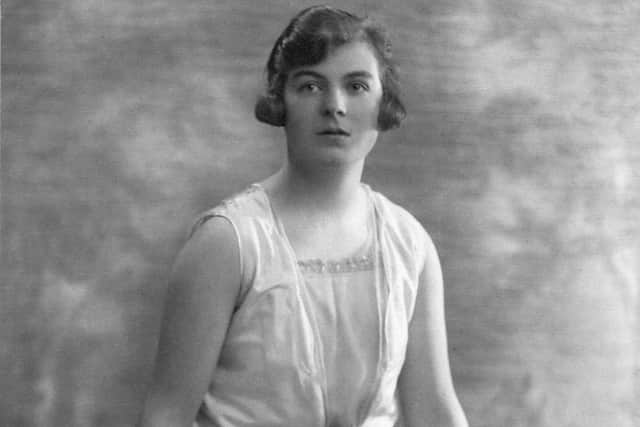

She and Elaine watched the coal man delivering his wares to wealthy homes along their street and the rag and bone man with his “ribby” pony shouting for contributions from his rickety cart.
Her father, Dr Arthur Rayner, was a renowned pioneer radiologist. From 1904 he directed the first X Ray department in the country at Preston Royal Infirmary.
She deeply loved and respected him despite his volatile temper. He treated his patients with the utmost care but after stressful days at work, she describes how “fireworks shot up from his head” on arrival home.
Advertisement
Hide AdAdvertisement
Hide AdWhen war-time rationing took its toll on the nation’s health, Phoebe and her sister were sent to stay with their Aunt, Edith Rigby, in the countryside near Preston.
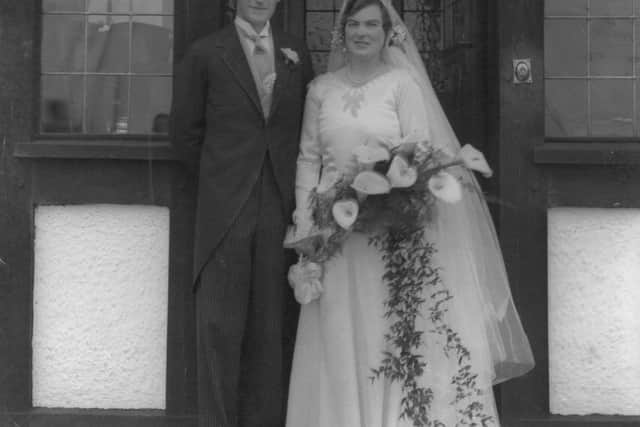

Edith Rigby was a leader in the local Women’s Suffrage movement. Phoebe tells us that her outrageous crusades for Women’s Rights led to at least seven prison sentences.
She describes how Edith set fire to Lord Leverhulme’s bungalow on Rivington Pike. For this crime, Edith was put in Walton Gaol, where she continued to rebel by going on hunger strike and was eventually forcibly fed.
Phoebe’s book My Aunt Edith (Peter Davies 1966) tells the story of her campaigns. Visits to Aunt Edith were so beneficial that their mother eventually took a cottage at Claughton-on-Brock. Phoebe describes those golden days: “the indelible summer of our lives beginning with blossom and bird song; ending with fallen apples in the orchard grass.”
Advertisement
Hide AdAdvertisement
Hide AdAged nine and six respectively, Phoebe and Elaine were sent to a spartan boarding school in Birkdale, Southport. She tells us how they endured harsh discipline and a diet consisting of bread and margarine, cold water and the scriptures. “Here one had to fight for the privilege of a margarined crust, the only part of the bread worth eating.”
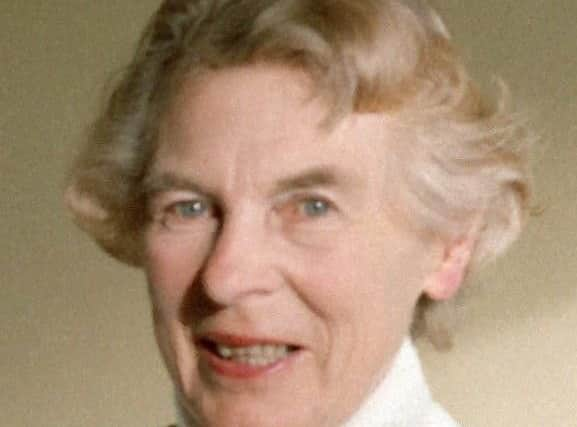

At Cheltenham Ladies College, Phoebe discovered her poetic talent while achieving academic excellence. Her teachers encouraged her to apply for Oxford University but after years of stifling boarding schools she returned to her Lancashire home. As she says: “the call of the wild was greater than the call of learning.”
In 1931, Phoebe married Aubrey Hesketh, a master cotton spinner, after which they lived in the rambling Georgian Fisher House at Rivington. She says “the house possessed me” so much so that their one-year stay extended to more than 40 years, during which she bore two sons, Martin and Richard, and daughter, Catherine. Phoebe’s creativity flourished despite or probably because of her tough life during the Second World War. She became Women’s Page editor for the Bolton Evening News in the 1940s and learned the art of journalism under the guidance of then editor Frank Singleton. In 1956 Phoebe became a Fellow of the Royal Society of Literature and twice won the Greenwood Prize for poetry.
Village life was the inspiration for her book Rivington. The Story of a Village (Peter Davies 1972). This sold more than 2,000 copies within the first weeks of publication and at the time was hailed as one of the most original books to come out of Lancashire.
Advertisement
Hide AdAdvertisement
Hide AdShe wrote scripts for BBC radio and television and gave creative writing courses at local colleges, including Lancashire College, at Chorley.
Her creativity reached new heights after terrible grief following her husband’s death in 1976. Over the next 20 years, Phoebe travelled to visit her daughter and family in Ireland and the USA.
She visited New England and made several “literary pilgrimages” to the homes of well known poets such as Emily Dickinson. During these years, eight out of her 16 books of poetry were published and, in 1990, Phoebe was awarded an Honorary Fellowship by the University of Central Lancashire. She lived until the age of 96.


Catherine’s book describes Phoebe’s life in a bygone era. The title ‘Sunflowers and Silver Birch’ symbolises Phoebe’s life and her love of the sun and flowers. Silver Birch refers to her acceptance of eventual death and a birch wood coffin. Her personal experiences interwoven with her writing career give us a splendid picture of this amazing woman.
l Sunflowers and Silver Birch is published by United Writers Publications Ltd and is available at www.unitedwriters.co.uk, tel: 01736 365954 or Amazon.